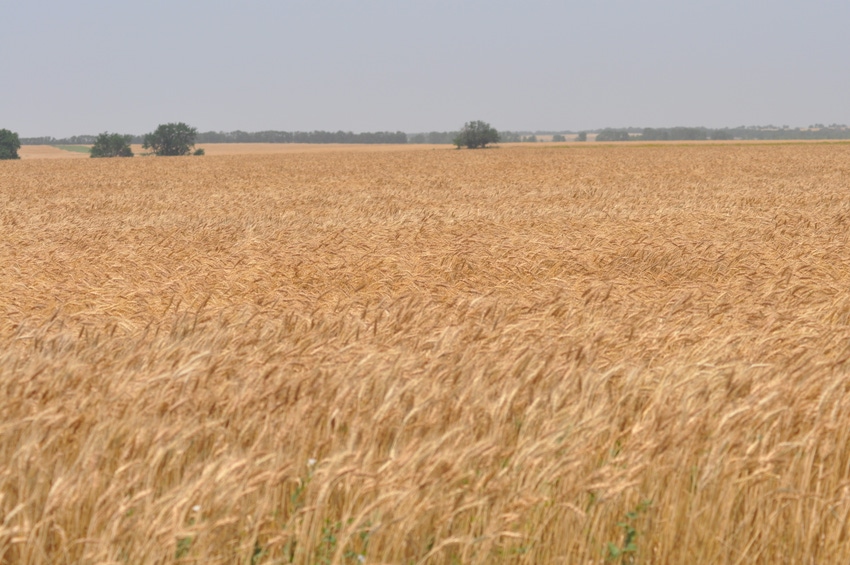
Low prices and a late soybean harvest may cut planted wheat acreage in Kansas 3% to 5% this fall, which could result in the state’s fewest wheat acres in more than 100 years, Kansas Wheat Commission CEO Justin Gilpin told Farm Futures.
Wheat has not been as profitable for farmers as other crops and current prices continue that trend. As farmers are in the midst of planting next year’s winter wheat, corn in the southwest Kansas city of Garden City was bringing $2.98 a bushel compared with wheat’s $2.75.
“The planting intentions are going to be a little bit lower this year because of where we are on cash prices,” said Gilpin. “The price being as low as it is, there is less enthusiasm to plant wheat. Also, there will be less double-crop acres because of the delayed soybean harvest.”
The soybean harvest has been slowed by rain this fall. In addition, farmers have shifted some of their traditional wheat acreage to dryland corn.
“The state of Kansas planted 8.5 million acres last year. If we would go down that 3% to 5% to 8 million or 8.1 million that would be the least amount planted in Kansas in over 100 years,” said Gilpin.
In the 1990s, the state’s wheat acreage was about 12 million, ten years later about 10 million and ten years after that less than 10 million.
“A change in genetics has allowed corn to be planted in western Kansas. Twenty years ago that could not have been done,” he said.
Rain has delayed the soybean harvest, which will prevent double-cropping winter wheat to that acreage. As of Oct. 2, the state’s soybean harvest was about 5 percentage points behind the 2015 pace and 6 points behind the five-year average.
The wheat that was planted this fall should do well as regular rain showers this summer and fall produced ample soil moisture that will aid early growth before winter dormancy. As of Oct. 2, the state’s topsoil moisture was rated 9% surplus, 77% adequate, 10% short and 4% very short.
Despite the yearly decline in acreage, Kansas appears to have more wheat than it can use. Last year’s harvest of 467.4 million bushels was the largest since 2003 because of a 20-bushel rise in yield to 57 bushels per acre. Piles of the grain still dotted the landscape in early October, more than three months after harvest, said Gilpin.
It was assumed this year’s low prices would make wheat an attractive feed for cattle in Kansas’s huge cattle feeding industry. But that did not happen as the feedlots favored corn, said Gilpin. That is part of reason why USDA said Kansas had 533.1 million bushels of wheat in storage as of Sept. 1, 41% more than a year earlier.
This year’s low U.S. wheat prices have helped the country’s exports despite big crops around the world. Wheat export shipments during the four-month span from June to September are up 26% from a year ago and USDA expects yearly exports to be up 22.6%.
About the Author(s)
You May Also Like




